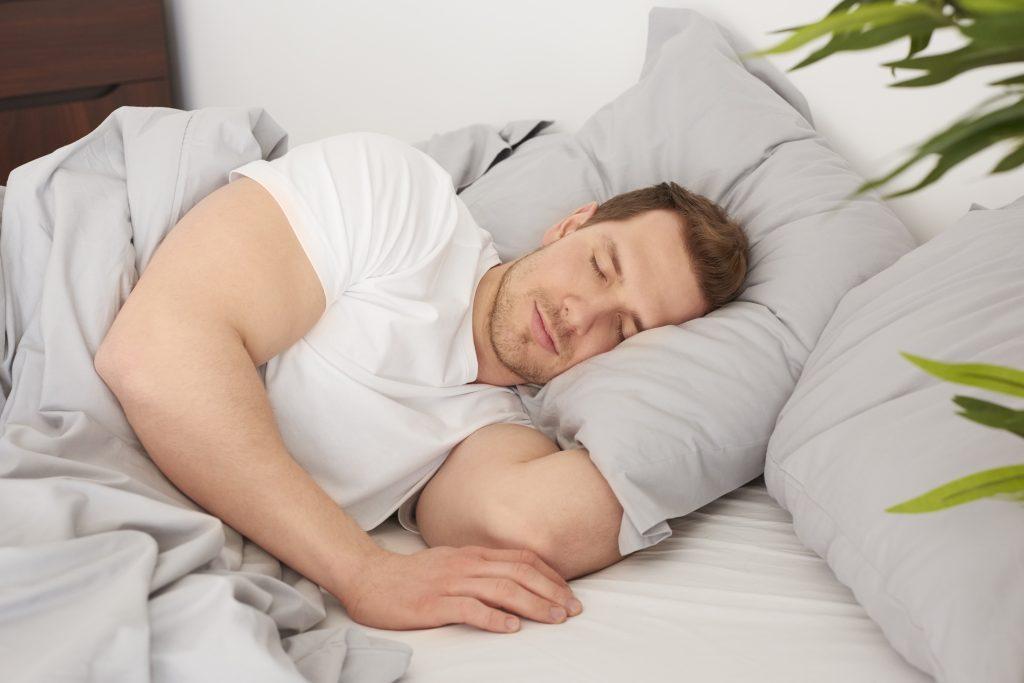
“Looks like I woke up on the wrong side of the bed this morning”. There is truth to this expression, as research indicates that your sleep position affects the quality of rest and your overall health! Both the sides and back positions keep your spine supported and balanced, relieve pressure on the spinal tissues, and enable your muscles to relax and recover. However, side-sleeping, in particular, has a slew of health benefits such as – aiding in detoxification, improving spinal alignment, and keeping your heart, gut, and liver super healthy.
Side-sleeping also reduces heartburn at night caused by GRED (Gastroesophageal Reflux Disease) or Acid Reflux. So you snore less, digest better, have an easy bowel movement, and feel fresh in the morning. Sleeping sideways can clear the brain of metabolic waste while we sleep and thus makes our brain work better.
Left vs. Right – Which side to sleep
In cases of heart-related problems, one might experience discomfort on the left side, and it is better to sleep on the right. Left-side sleeping is the best for all other common issues such as heartburn, acid reflux, back pain, digestive and gut health, and high blood pressure. And for pregnant women, left-side sleeping improves blood flow between the heart, fetus, uterus, and kidneys while keeping pressure off the liver. Remember that right-side sleeping is not going to cause any distress – like acid reflux or heartburn. It just does not help existing discomfort or inflammation.
Is side-sleeping for everyone?
Side-sleeping on the wrong mattress might have an adverse effect. If the mattress is too firm, it can increase pressure on your shoulders, hips, and knees. You might sink in too far and alter your natural spinal alignment if it is too soft. Also, side-sleeping can increase pressure in the eye area for people with glaucoma or sinus congestion. It is best to consult your doctor in such cases.

Tips to change your sleeping position:
If you think, “This is all good, but do I even have control over my sleeping position once I doze off”? Here are some tips to help you with that. You can also sleep with a pillow between your knees to keep your hips aligned. Or create a bit of discomfort by sewing or taping a tennis ball to the front of the shirt for stomach sleepers and to the back of the shirt for back sleepers. Or try couch sleeping – couches are typically narrow and force you to sleep on your side.
It will be challenging to sleep just on the sides through the night. If you get uncomfortable, physicians recommend switching to the back for a short while rather than sleeping on your stomach.